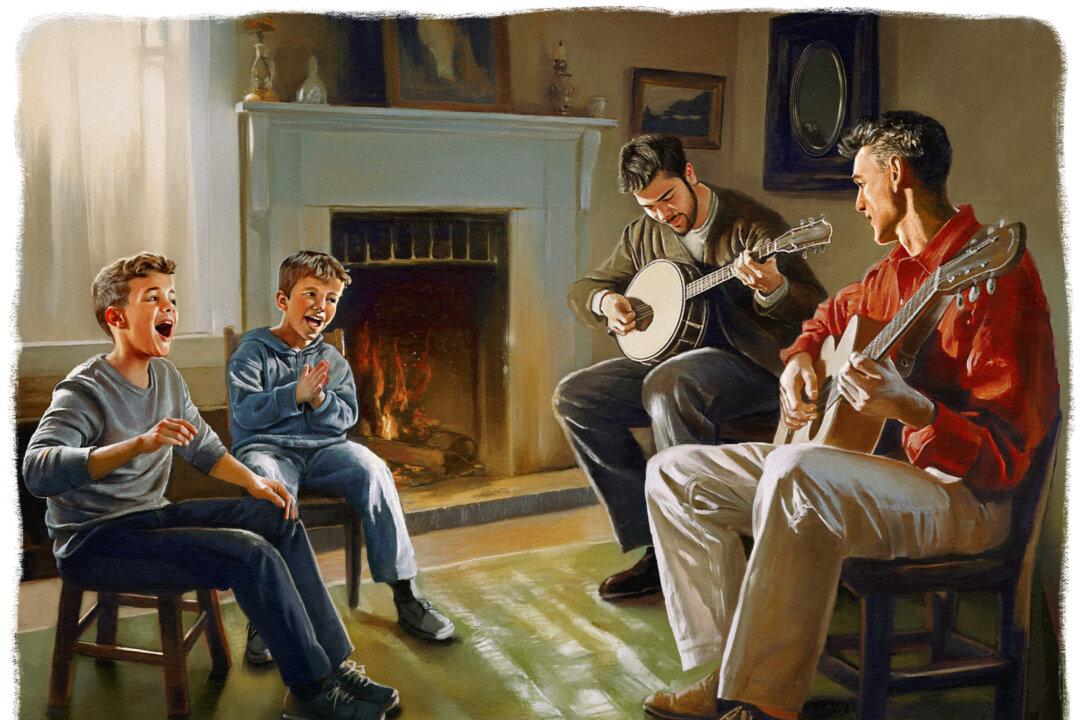Commentary
There has been growing awareness of the problem of the over-use of technology among young people, but alongside this discussion should be a deeper examination of what technology has replaced culturally. What did children used to do with all of their time before tablets, phones, and video games? The addiction is one problem, but the loss of the substance of childhood is another.
Besides the the loss of unstructured play time outdoors, one of the major losses in our modern, screen-dependent society is oral traditions. Folk songs and folk tales were once the heart of a young child’s education. Before the invention of television and technology, daycare and preschool, young children learned about the world through traditional stories and songs handed down through the generations. The lyrical, textured language of popular tales gave children their first lessons not only in the art of language and rhythm but also a sense of their local and national identity.
Folk songs, too, had their role in nourishing the historical imagination while at the same time strengthening the social fabric. I was once in France on Bastille Day and, much as I dislike everything about the French Revolution, I was envious of their joyful singing of “La Marseillaise.” Sure, most adult Americans know the “Star-Spangled Banner,” but you won’t hear it riotously sung in restaurants all night long on the Fourth of July. And, are we still passing this one on in America? I doubt that even this American patriotic song is taught in most public schools today.
When children become aware of local differences in this way, paradoxically they value their own particular culture while also admiring the cultures of others. My young children are fascinated by other countries and long to go abroad one day to visit these exotic places, whether Italy or Russia. But if the images they saw were simply of children dressed exactly as they are, McDonald’s restaurants, or televisions with Bluey in the background, there would not be much allure.
The value of local, oral folk traditions is that they ground children, right from the start, in a particular time and place and history. They root them. And it is something that the community shares and that bridges the generations. Few things are as fun as singing a hilarious folk song together—no matter how badly sung!
Our homeschool curriculum focuses heavily on the imagination, and storytelling is a big part of it. Grimm’s folk tales are on the menu and so are the fairy tales of Hans Christian Andersen and George MacDonald.
It is possible to reject Paw Patrol, screens, and the uniculture. The best part is that as adults we can taste the beauty and wonder of childhood that we may not have experienced ourselves.







